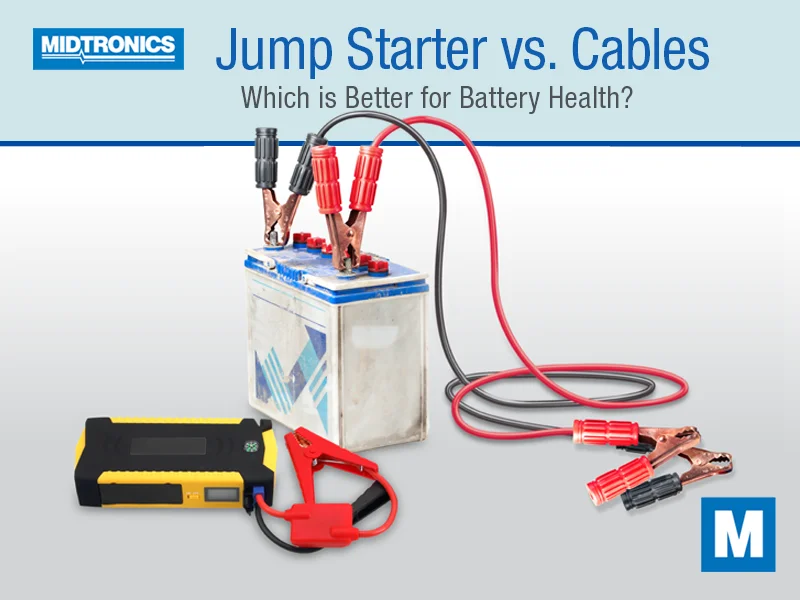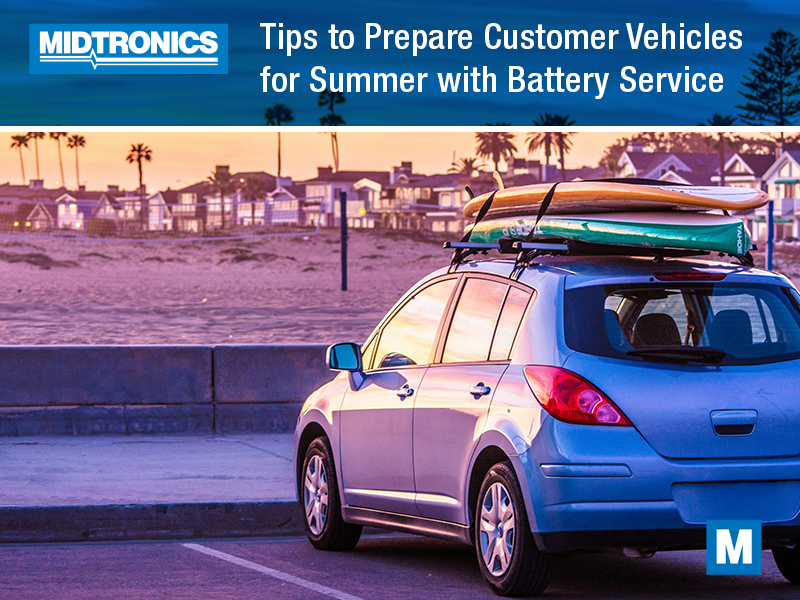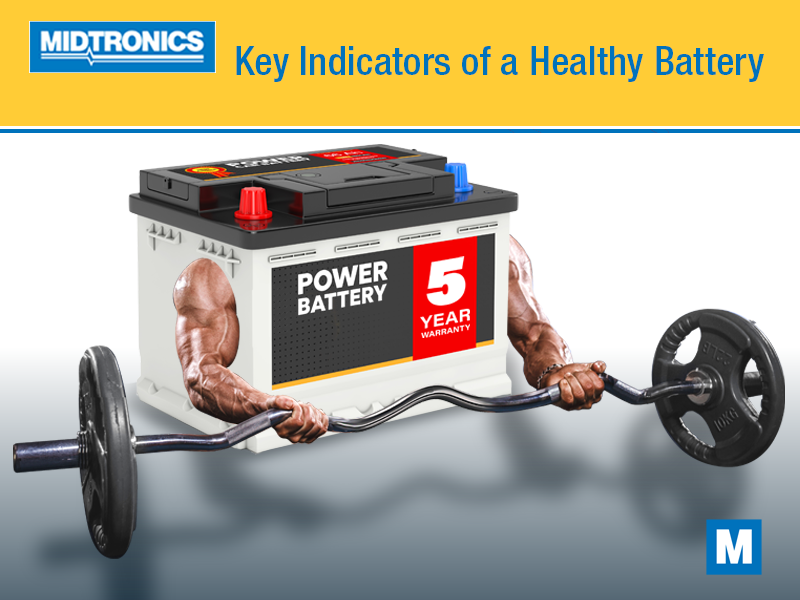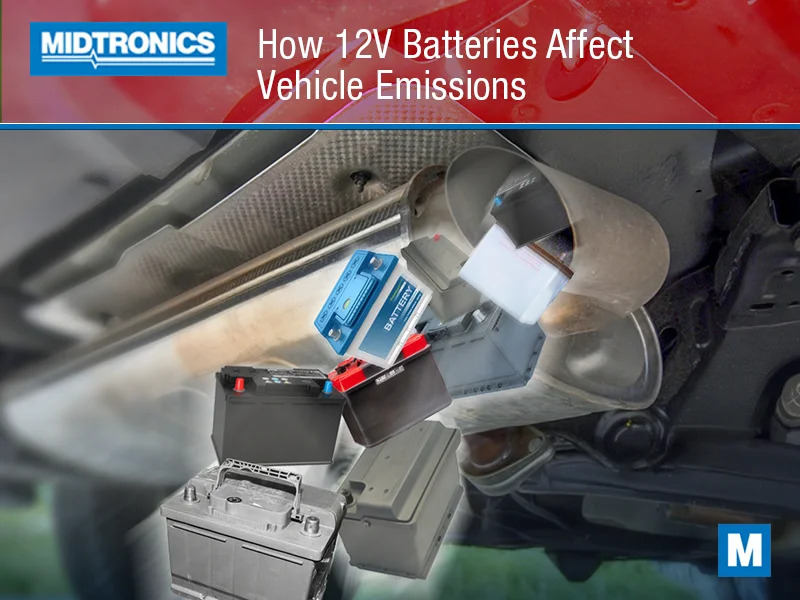Dead batteries are par for the course in automotive sales, service, and repairs, whether in an independent service shop, a collision repair center, or on the showroom floor. For some, it’s an old battery that’s due for replacement such as for a vehicle in used inventory, but in many cases, it’s that the battery has been allowed to discharge for an extended period between starts or in storage.
You might need to move the car for clearing snow on the lot, or you may have a prospective purchaser who wants a test drive. There’s an option to track down a jump starter or battery booster pack that’s around the store somewhere or use a set of booster cables. Is there a difference between the two in how it affects battery health? Learn the best option for jump-starting a car to keep the battery healthy.
The Effects on a Battery from Boosting
It’s a common procedure, especially in cold weather when engines need more power to overcome friction and resistance inside, and boosting a battery is typically seen as safe. An external power source, whether a vehicle attached with booster cables or a jump starter pack, is connected to the dead battery. Current flows through large-gauge cables essentially adding an auxiliary capacity to the depleted device. It can generate heat, and it accelerates kinetic energy inside both the dead battery and the donor.
The potential difference between the good battery and the dead one causes a flow of electrons to the dead battery. A sudden voltage spike can occur, and as the potential difference slowly reduces, the energy flow begins to slow.
Seldom do you hear about damage that occurs from boosting a battery, but the potential is present. Primarily, the danger is from the buildup of hydrogen gas from the dead battery that can ignite and explode if a spark is present. Aside from that prospect, heat generated by the fast transfer of electrons can increase the battery’s temperature rapidly, evaporating the electrolyte.
Done correctly and infrequently, boosting a battery can be completed safely, but there’s always a small possibility of ill effects.
Are Booster Cables Safe to Use?
For decades, booster cables, sometimes known as jumper cables, have been used by car owners and repair shops to get dead cars started. And when they’re used properly, it’s generally as safe as any other method. If they’re used once or twice to jump-start a battery until the root cause can be determined and repaired, it’s unlikely that it will cause any damage.
However, the potential for an issue is present with booster cables. It is incredibly simple for even the most experienced technician to mistakenly reverse the polarity on the battery, and should that happen:
- One of many computer modules in a modern car could short out.
- Wiring or fuses could burn.
- A spark could ignite hydrogen gases around the battery.
- And in very rare cases, the battery could explode.
Even if polarity isn’t reversed, connecting the negative clamp to the negative terminal on the dead battery could also cause a spark, sending hydrogen gases alight.
While it’s a common process, due care should always be taken when using booster cables.
Why Jump Starters or Booster Packs Are Popular
Jump starter packs, sometimes called portable battery packs, booster packs, or power packs, are an incredibly popular option for businesses in the automotive industry. First, it mitigates instances where a particular vehicle is frequently used as a donor vehicle, constantly straining both the alternator and the battery. Secondly, it’s extremely portable and can be used in all instances such as when a dead vehicle is parked with the battery impossibly difficult to reach with booster cables.
And while they’re popular, automotive businesses can relate to a couple of deterrents. Jump starter packs are more expensive than a typical car battery, and they find legs more frequently than anyone would like to admit. Replacing them is cost-prohibitive, and it’s a hassle in many cases to administer when they’re going out and coming in. Plus, where there’s always a vehicle nearby that can be used for a boost, limited numbers of jump starters can mean it’s frustrating to wait for one to come available.
Jump Starter Offers Some Protection
When comparing jump starters vs booster cables, there is a clear leader in terms of safety and battery health. Used properly, they might function the same, but a jump starter has safeties built in that help prevent damage to a battery. An integral battery management system can regulate the current delivered to a battery, ensuring a modest thermal response.
Most importantly, the battery’s health is protected against reversing the polarity. Most battery jump starters detect reverse polarity automatically and prevent a connection with the internal battery. Since the largest risks are related to reverse polarity, this is where jump starters excel over booster cables.
The Best Option? A Slow Charge
However, there’s a better option rather than either booster cables or jump starter packs. When it’s possible to connect a battery charger at a low amperage rate, it protects the battery’s health and not just gets the car running, but fully replenishes the charge.
One of the most challenging issues with jump starts is that, often, the car being boosted doesn’t run long enough to top up the battery’s energy stores. They get moved, parked, and shut off, and another boost will be required in short order. Even if a car gets jump-started, future problems can be avoided if they’re placed in a queue to charge the battery fully.
Not only will it avoid aggravation for staff and customers when batteries are fully charged, but it prevents instances of replacements that could’ve been avoided. A good practice is to train all staff – service, parts, and sales – in the proper use of jump starters, booster cables, and battery chargers, and maintain diagnostic battery chargers that can be used.




